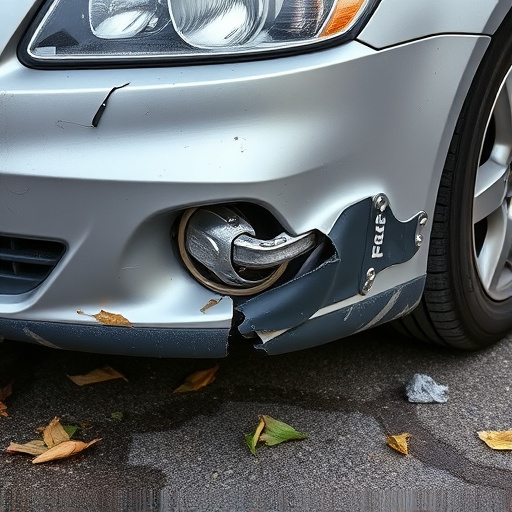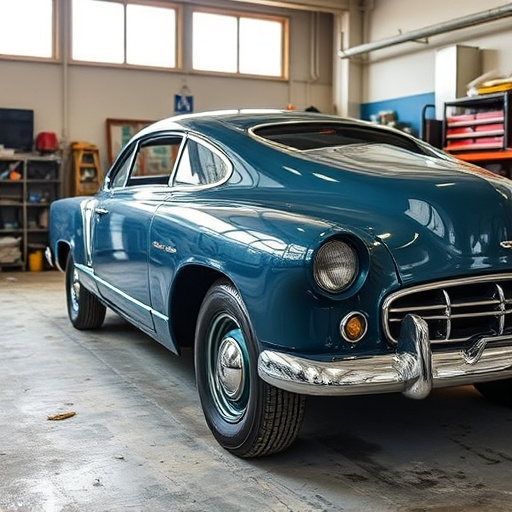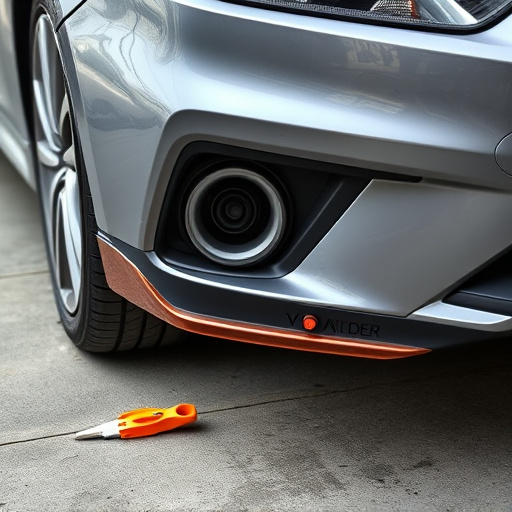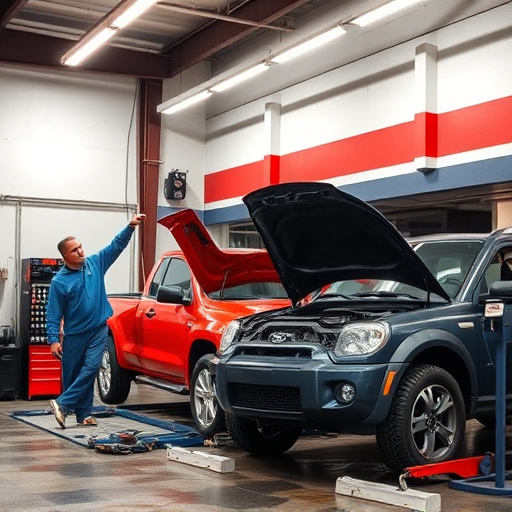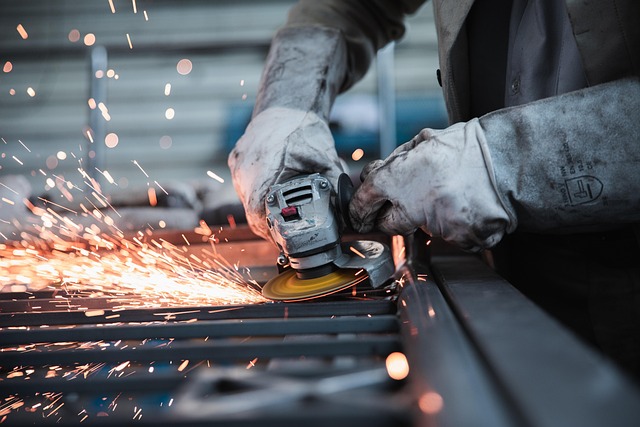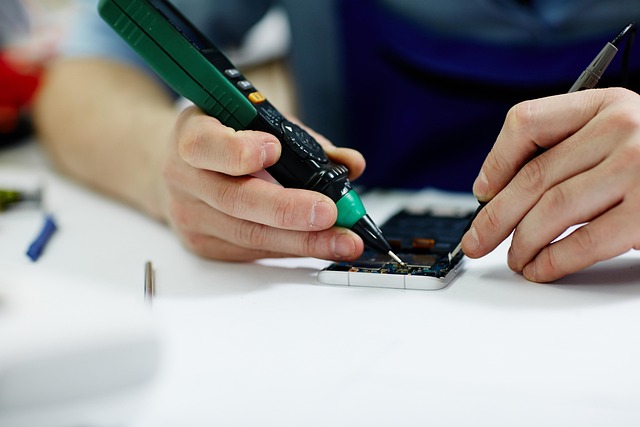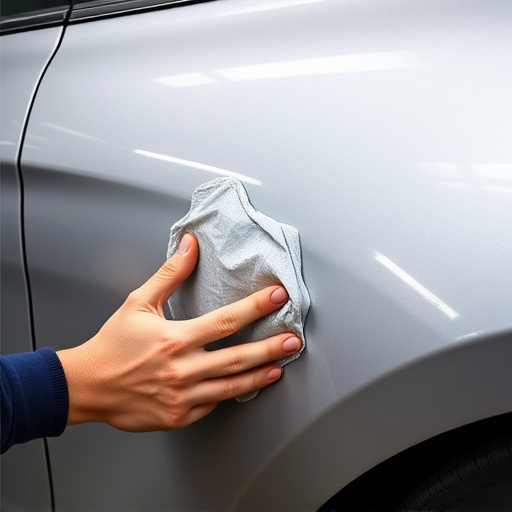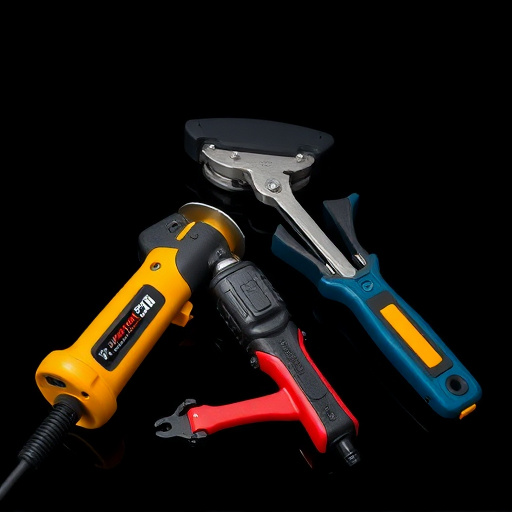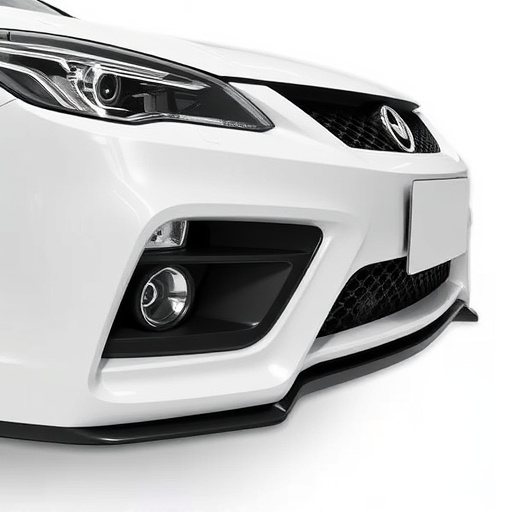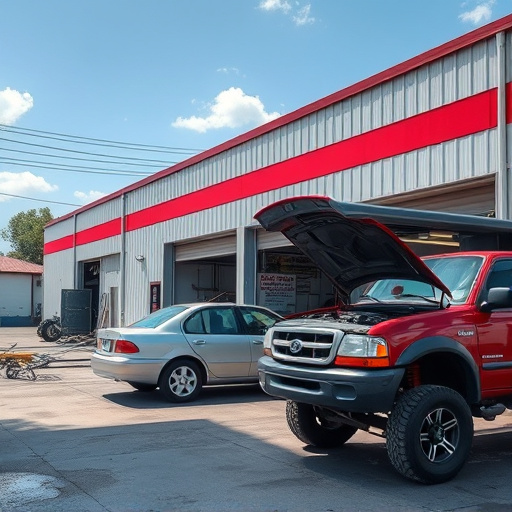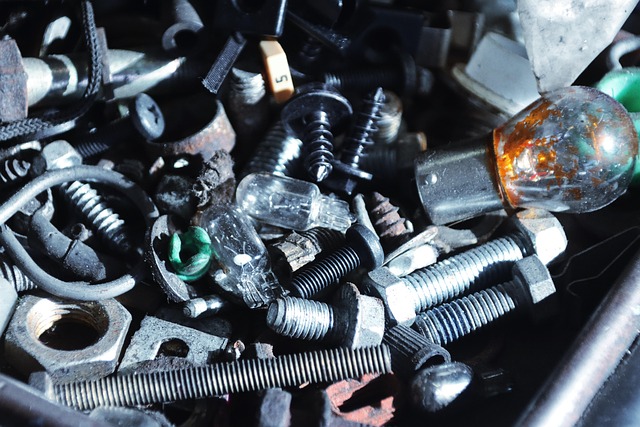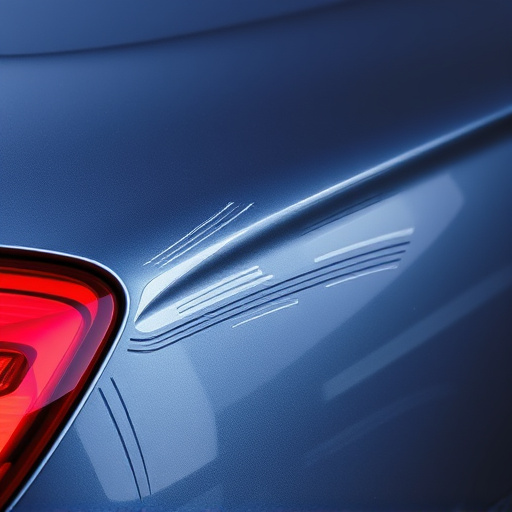Tri-coat paint repair is a meticulous process revitalizing damaged vehicle exteriors, requiring three layers: primer, color, and clear coat. Skilled technicians are crucial for superior results, highlighting the interplay between climate conditions and maintenance. Environmental factors like temperature, humidity, wind, and sunlight impact paint composition, adhesion, drying, and color matching. To overcome these challenges, employ strategies such as proper ventilation, water-resistant coatings, heated repair bays, and protective coatings resistant to extreme weather. These measures enhance efficiency and outcomes in tri-coat paint repair for various applications, including auto glass and collision repair.
- Understanding Tri-Coat Paint Repair: A Comprehensive Overview
- Environmental Factors: The Hidden Impact on Repair Quality
- Optimizing Repair Process: Strategies to Overcome Weather Challenges
Understanding Tri-Coat Paint Repair: A Comprehensive Overview
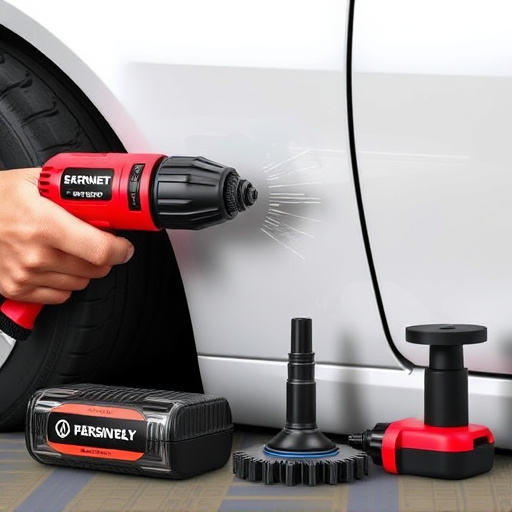
Tri-coat paint repair refers to a specialized process used to restore and rejuvenate vehicles with damaged or faded exterior paintwork. It involves the application of three distinct layers of paint, designed to create a durable, long-lasting finish that mirrors the original factory specifications. This meticulous approach is crucial in automotive body shops, where technicians strive for perfection in auto repair near me services. The first layer primes the surface, providing a smooth base. The second coat adds color, ensuring an accurate match with the vehicle’s original shade. Finally, a clear coat acts as a protective barrier, enhancing gloss and shielding against environmental damage. This comprehensive overview highlights the intricate nature of tri-coat paint repair, which demands precision and expertise to achieve superior results.
By understanding the intricacies of this process, auto enthusiasts can appreciate the effort involved in restoring their vehicles’ aesthetics. Moreover, recognizing the impact of weather conditions on tri-coat paint repair can help owners make informed decisions regarding auto glass repair and overall vehicle maintenance. Different climates present unique challenges, from extreme temperatures to varying humidity levels, all of which can affect the quality and longevity of the final repair. Thus, understanding these factors is essential for anyone considering top-notch auto repair near me services.
Environmental Factors: The Hidden Impact on Repair Quality
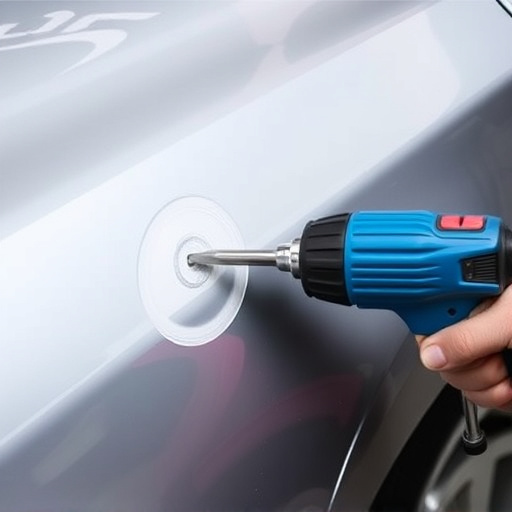
Environmental factors often play a significant yet overlooked role in determining the quality of tri-coat paint repair work. Beyond the immediate workshop environment, external conditions can significantly influence the outcome of collision repair services for vehicles, especially luxury vehicle repair jobs that demand meticulous attention to detail. Factors like temperature and humidity levels, wind patterns, and even sunlight exposure can interact with the paint and its underlying surfaces in complex ways.
For instance, extreme heat or cold can affect the chemical composition of paint, potentially leading to impaired adhesion during frame straightening processes. High humidity might introduce moisture into the repair area, causing issues like blistering or poor color matching. Prolonged exposure to direct sunlight can cause rapid drying, resulting in uneven surface textures and visible defects. Understanding these environmental impacts is crucial for ensuring optimal tri-coat paint repair outcomes, regardless of whether it’s for a routine fix or complex luxury vehicle repair.
Optimizing Repair Process: Strategies to Overcome Weather Challenges
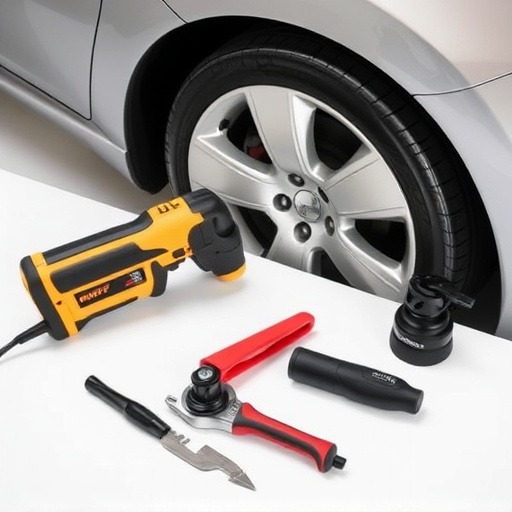
To optimize the tri-coat paint repair process, it’s crucial to address weather-related challenges that can significantly impact quality. In regions with frequent rainfall or high humidity, moisture can infiltrate dried paint repairs, leading to blistering or peeling. To counteract this, technicians should ensure proper ventilation during the repair process and use water-resistant coatings designed for such climates. Additionally, leveraging advanced tools like industrial blow dryers can expedite drying times, minimizing exposure to adverse conditions.
During colder seasons, freezing temperatures and snow can cause delays and complications in tri-coat paint repairs. To overcome these challenges, auto body shops should maintain heated repair bays and use heat guns strategically to thaw frozen surfaces before repairing. Moreover, applying protective coatings that are resistant to extreme cold can safeguard against future damage caused by winter weather conditions, ensuring superior long-term results for auto glass repair, dental repairs, and automotive collision repair processes alike.
Weather conditions play a significant role in determining the quality of tri-coat paint repairs, as environmental factors can either enhance or hinder the repair process. By understanding these impacts and implementing strategic solutions, professionals can ensure optimal outcomes. Optimizing the repair process involves considering temperature, humidity, and wind speed to create a suitable work environment. With the right approach, it’s possible to achieve long-lasting, high-quality tri-coat paint repairs, ensuring vehicles retain their sleek and protective finishes.
